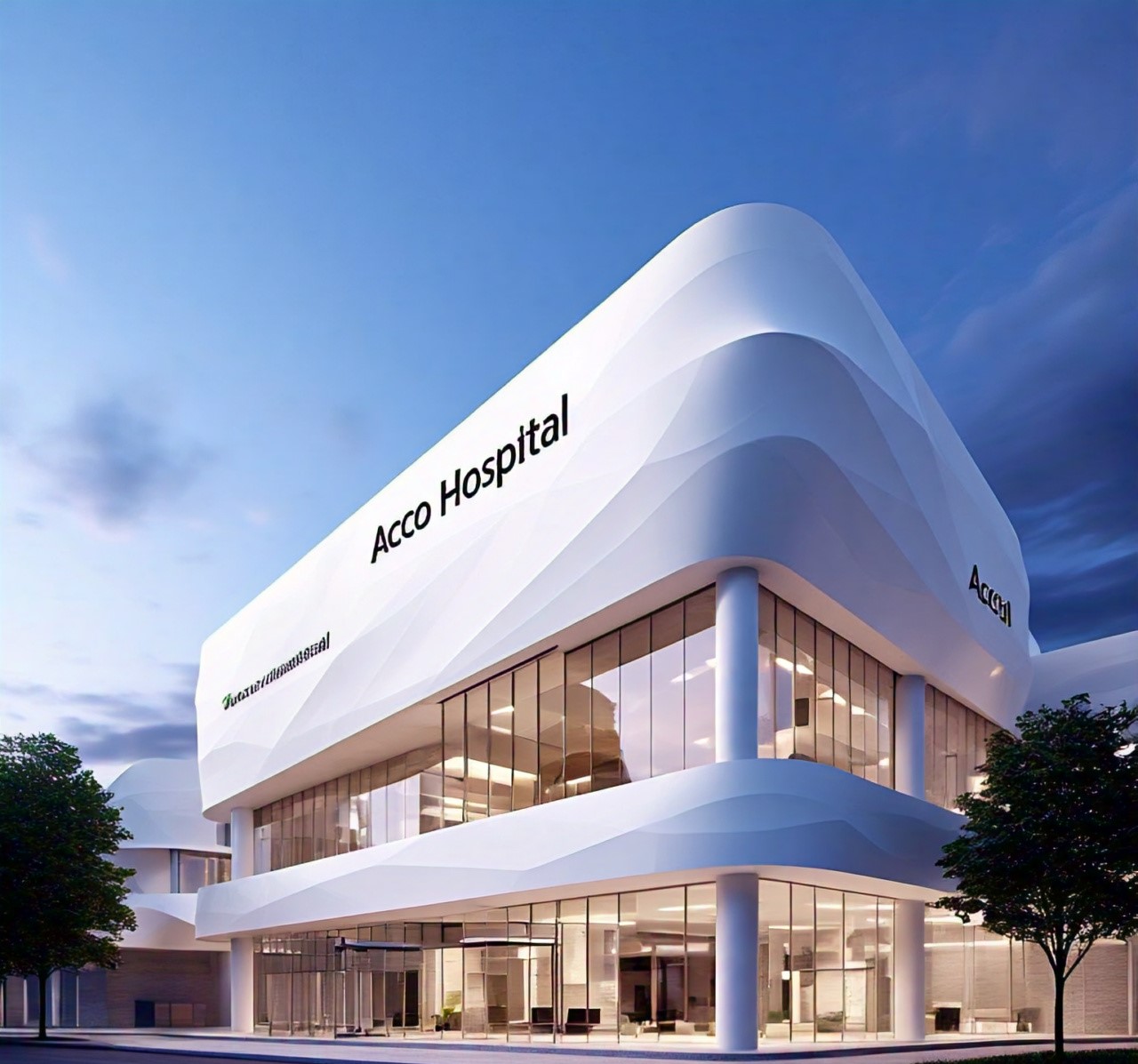
HOSPITAL DESIGN HUB Affordable Hospital Design Services in Pakistan: Building for the Future
Affordable hospital design in Pakistan involves creating functional, efficient, and high-quality healthcare facilities within budget constraints while planning for future needs. Here’s a guide to providing affordable hospital design services while ensuring sustainability and long-term value:
1. Understanding the Budget and Requirements
Initial Budget Assessment:
- Cost Estimation: Develop a detailed cost estimate that includes construction, equipment, and operational costs. Consider factors like site preparation, materials, and labor.
- Funding Sources: Explore various funding options, including government grants, private investments, and public-private partnerships.
Requirement Analysis:
- Needs Assessment: Conduct a thorough needs assessment to determine the essential services and facilities required, avoiding unnecessary features that could inflate costs.
- Prioritization: Prioritize critical areas of the hospital design to ensure essential functions are addressed within the budget.
2. Cost-Effective Design Strategies
Modular and Scalable Design:
- Modular Units: Use modular design principles to create flexible and scalable spaces that can be expanded or reconfigured as needed. This approach allows for future growth without significant additional costs.
- Phased Construction: Implement phased construction, starting with essential areas and adding more features in future phases as budget allows.
Material Selection:
- Affordable Materials: Choose durable, cost-effective materials that provide good performance without high costs. Consider local materials to reduce transportation expenses.
- Long-Term Durability: Invest in materials that offer long-term durability and low maintenance to reduce future operational costs.
Energy Efficiency:
- Basic Efficiency Measures: Incorporate basic energy-efficient measures such as LED lighting and efficient HVAC systems to reduce operational costs over time.
- Cost-Effective Sustainability: Implement low-cost sustainability measures, like passive solar heating and natural ventilation, to improve energy efficiency without significant upfront investment.
3. Design for Functionality and Efficiency
Optimized Layout:
- Functional Zoning: Design functional zones to optimize workflow and reduce operational inefficiencies. Focus on essential departments like emergency care, inpatient wards, and outpatient services.
- Efficient Space Utilization: Maximize space utilization by designing multipurpose areas and avoiding wasted space.
Streamlined Systems:
- Basic Technology Integration: Implement essential IT and medical systems that meet current needs without overinvesting in high-end technology. Plan for future upgrades as budget allows.
- Simplified Infrastructure: Use simplified infrastructure solutions that are effective and reliable without being overly complex or costly.
4. Collaborative Design and Planning
Stakeholder Engagement:
- Involve Stakeholders: Engage with key stakeholders, including healthcare professionals, administrators, and community representatives, to ensure the design meets their needs and expectations while staying within budget.
- Feedback and Iteration: Use feedback to make design adjustments that enhance functionality and cost-effectiveness.
Design-Build Approach:
- Integrated Services: Consider a design-build approach where the designer and contractor work together from the start. This method can help control costs and streamline the construction process.
5. Quality Assurance and Project Management
Cost Control Measures:
- Regular Monitoring: Implement regular cost monitoring and project management practices to stay within budget. Address any deviations from the budget promptly.
- Value Engineering: Apply value engineering principles to find cost-effective alternatives that do not compromise quality or functionality.
Quality Standards:
- Regulatory Compliance: Ensure the design meets all regulatory standards and quality requirements. Compromise on essential quality aspects can lead to higher costs and issues in the future.
6. Future-Proofing and Flexibility
Adaptability:
- Future Expansion: Design with future expansion in mind, allowing for easy modifications and additions as needs evolve.
- Technological Upgrades: Plan for the integration of new technologies in the future without major overhauls.
Community and Health Needs:
- Community Integration: Design the hospital to address the specific health needs of the community, which can help optimize resources and reduce unnecessary expenditures.
7. Sustainable Practices
Affordable Sustainability:
- Basic Green Practices: Implement cost-effective green practices, such as efficient waste management and water conservation measures, that provide long-term benefits.
- Local Resources: Utilize local resources and expertise to reduce costs and support the local economy.
Conclusion
Affordable hospital design in Pakistan requires a balanced approach that focuses on cost-effectiveness, functionality, and future adaptability. By prioritizing essential features, using cost-effective materials and technologies, engaging stakeholders, and implementing efficient design strategies, it’s possible to create high-quality healthcare facilities that meet current needs and are prepared for future growth.
4o mini
Comments
0 Likes




